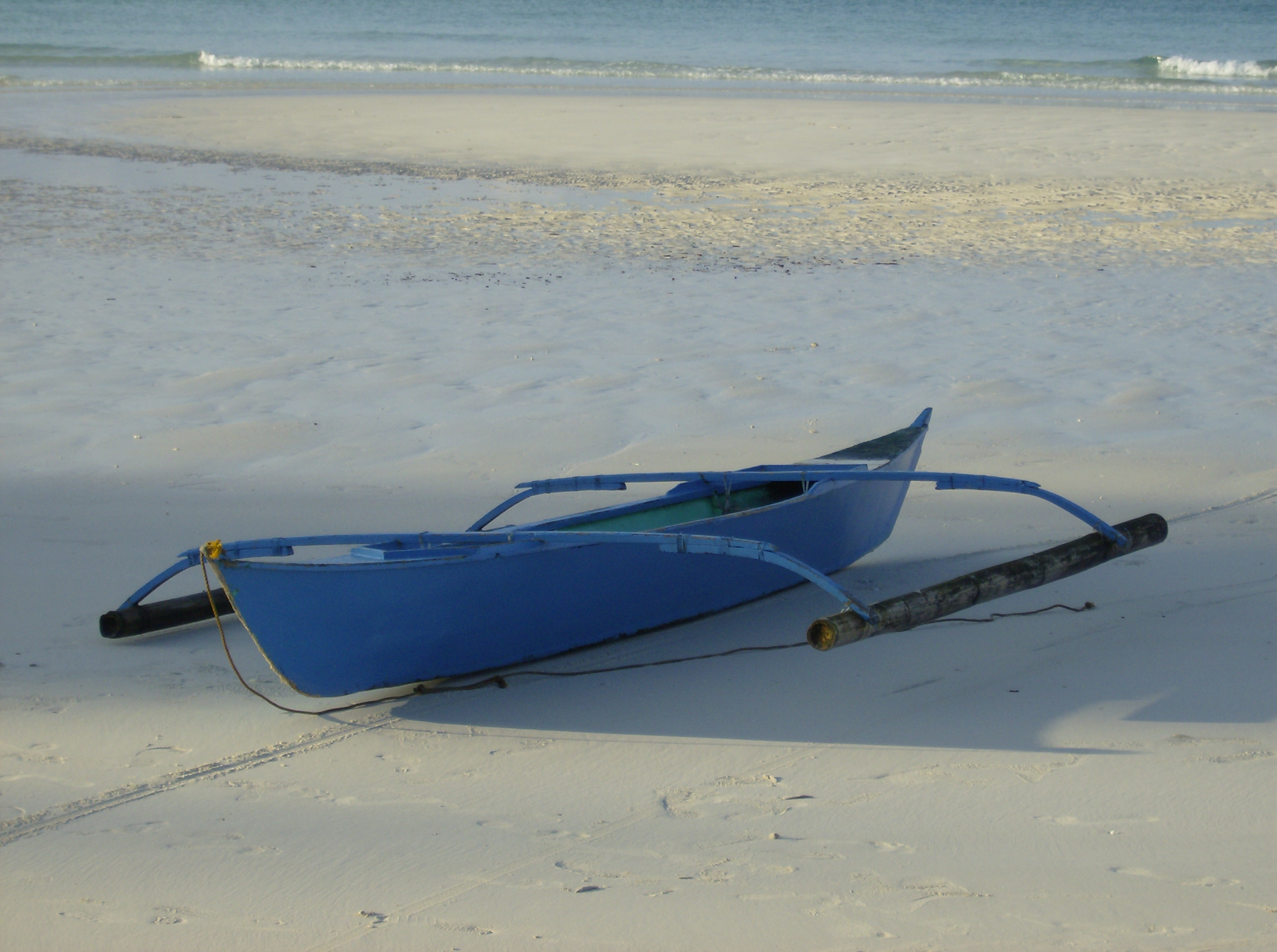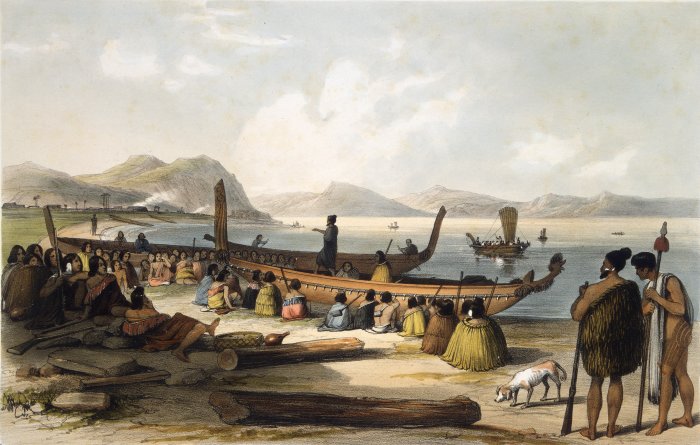|
Salisipan
''Salisipan'' are long and narrow war canoes, with or without outriggers, of the Iranun and Banguingui people of the Philippines. They were mainly used for piracy and for raids on coastal areas. ''Salisipan'' resemble a long and narrow bangka that sit low on the water. They are propelled by rowers, steered by an oar at the stern, and are light enough to be hauled ashore. They are typically equipped with woven shields of nipa that could be propped along the sides to protect the rowers against arrows. They are sometimes also known by the more general terms ''vinta'', '' baroto'', or '' kakap''. ''Salisipan'' are auxiliary vessels that accompany larger motherships like '' pangajava'', '' garay'', and ''lanong''. Their presence was usually indicative of a larger raiding fleet nearby. See also *Vinta * Garay *Penjajap *Kelulus *Karakoa *Tomako *Waka (canoe) Waka () are Māori people, Māori watercraft, usually canoes ranging in size from small, unornamented canoes (''waka tīwai' ... [...More Info...] [...Related Items...] OR: [Wikipedia] [Google] [Baidu] |
Bangka (boat)
Bangka are various native watercraft of the Philippines. It originally referred to small double-outrigger dugout canoes used in rivers and shallow coastal waters, but since the 18th century, it has expanded to include larger lashed-lug ships, with or without outriggers. Though the term used is the same throughout the Philippines, "bangka" can refer to a very diverse range of boats specific to different regions. Bangka was also spelled as banca, panca, or panga (Grammatical gender, m. banco, panco, pango) in Spanish language, Spanish. It is also known archaically as wikt:sakayan, sakayan (also spelled sacayan). Etymology ''Bangka'' is derived from Proto-Malayo-Polynesian ''*baŋkaʔ'', with cognates including Kavalan language, Kavalan ''bangka'', Mori language, Mori ''bangka'', and Sumbawa language, Sumbawa ''bangka''. It is a Doublet (linguistics), doublet of two other protoforms referring to boats: Proto-Austronesian ''*qabaŋ'' and Proto-Central-Malayo-Polynesian ''*waŋka'' ... [...More Info...] [...Related Items...] OR: [Wikipedia] [Google] [Baidu] |
Waka (canoe)
Waka () are Māori people, Māori watercraft, usually canoes ranging in size from small, unornamented canoes (''waka tīwai'') used for fishing and river travel to large, decorated war canoes (''waka taua'') up to long. The earliest remains of a canoe in New Zealand were found near the Anaweka River, Anaweka estuary in a remote part of the Tasman District and Radiocarbon dating, radiocarbon-dated to about 1400. The canoe was constructed in New Zealand, but was a sophisticated canoe, compatible with the style of other Polynesian voyaging canoes at that time. Since the 1970s, about eight large double-hulled canoes of about 20 metres have been constructed for oceanic voyaging to other parts of the Pacific Ocean, Pacific. They are made of a blend of modern and traditional materials, incorporating features from ancient Melanesia, as well as Polynesia. Waka taua (war canoes) ''Waka taua'' (in Māori language, Māori, ''waka'' means "canoe" and ''taua'' means "army" or "war party") a ... [...More Info...] [...Related Items...] OR: [Wikipedia] [Google] [Baidu] |
Tomako
Tomako or tomoko is a large war canoe from the Solomon Islands. The name "tomako" is used in New Georgia in the Roviana language. It is also known as magoru in Marovo, niabara in Vella Lavella, mon in Bougainville, ora in Makira, and iola or ola in Malaita and Ulawa. Tomako were narrow and usually between in length. They did not possess outriggers or sails and were propelled solely by paddling. They were built by fitting planks edge-to-edge which are then "sewn" together and caulked with a paste made from the nut of the tree '' Parinarium laurinum''. They could carry 30 to 50 warriors, and were used in raiding expeditions for slaves or for headhunting. They were characteristically crescent-shaped, with sharply upturned prows and sterns (reaching up to high) that were decorated with fringes of cowrie shells, nautilus shells, and mother-of-pearl, as well as intricate carvings (Roviana: ''nguzunguzu''; Marovo: ''toto isu''). These carvings are usually of spirit animals o ... [...More Info...] [...Related Items...] OR: [Wikipedia] [Google] [Baidu] |
Kakap (boat)
A kakap is a narrow river or coastal boat used for fishing in Malaysia, Indonesia, and Brunei. They are also sometimes used as auxiliary vessels to larger warships for piracy and coastal raids. Etymology The name "''kakap''" comes from Malay word meaning "spy", "scout", "lookout". Thus, the name means "type of boat used for scouting". Description Kakap resemble pangajava but are smaller and lighter. It also uses a mast and rectangular ''tanja'' sail. The boards and planks on the hull are not nailed with iron nail, but are attached using a wooden dowel technique and reinforced with rattan bonds. Larger kakaps may reach eight meters in length and able to carry 8–10 crews. The kakap jeram's hull is planked and built with frames, made by ''meranti'' (dipterocarp) wood. It has carved figurehead and ornamented sternpost. A washstrake made of bamboo splits sewn together with bamboo withies, and held in position by lashings. A heavy beam is fitted forward and used for winding the ... [...More Info...] [...Related Items...] OR: [Wikipedia] [Google] [Baidu] |
Kelulus
Kelulus or kalulus is a type of rowing boat used in the Nusantara archipelago. It is typically small in size and propelled using oar or paddle. However, for long-distance voyages, this boat can be equipped with sails. It is not the same as ''prahu kalulis'' of the eastern part of the Indonesian archipelago. Etymology The name ''kelulus'' seems to be derived from Javanese word "''lulus''", which means "to go right through anything". According to Hobson-Jobson, the literal translation would be "the threader". Description The earliest report of kelulus is from ''Hikayat Raja-Raja Pasai'' (Chronicle of the Kings of Pasai) of the 14th century, in which they are mentioned as one type of vessel used by the Majapahit empire. Although they are not well described, kelulus is one of Majapahit's main vessel types after jong and malangbang.Hill (June 1960). " Hikayat Raja-Raja Pasai". ''Journal of the Malaysian Branch of the Royal Asiatic Society''. 33: p. 98 and 157: "Then he directe ... [...More Info...] [...Related Items...] OR: [Wikipedia] [Google] [Baidu] |
Garay (ship)
''Garay'' were traditional native warships of the Banguingui people in the Philippines and were used by the Bruneian Navy. In the 18th and 19th centuries, they were commonly used for piracy by the Banguingui and Iranun people against unarmed trading ships and raids on coastal settlements in the regions surrounding the Sulu Sea. History Most ''garay'' were built in the shipyards of Parang, Sulu in the late 18th century. During the early 19th century, Banguingui ''garay'' squadrons regularly plagued the straits of southern Palawan from the months of March to November each year. They raided coastal areas in northern Borneo for slaves as well as cut off trade into the Sultanate of Brunei. These attacks severely affected the economy of Brunei, leading to its decline. The Banguingui purportedly had a saying: "It is difficult to catch fish, but easy to catch Borneans." Description ''Garay'' were smaller, faster, and more maneuverable than the Iranun ''lanong'' warships. They had ... [...More Info...] [...Related Items...] OR: [Wikipedia] [Google] [Baidu] |
Military Boats
A military, also known collectively as armed forces, is a heavily armed, highly organized force primarily intended for warfare. Militaries are typically authorized and maintained by a sovereign state, with their members identifiable by a distinct military uniform. They may consist of one or more military branches such as an army, navy, air force, space force, marines, or coast guard. The main task of a military is usually defined as defence of their state and its interests against external armed threats. In broad usage, the terms "armed forces" and "military" are often synonymous, although in technical usage a distinction is sometimes made in which a country's armed forces may include other paramilitary forces such as armed police. Beyond warfare, the military may be employed in additional sanctioned and non-sanctioned functions within the state, including internal security threats, crowd control, promotion of political agendas, emergency services and reconstruction, pro ... [...More Info...] [...Related Items...] OR: [Wikipedia] [Google] [Baidu] |
Multihulls
A multihull is a boat or ship with more than one Hull (watercraft), hull, whereas a vessel with a single hull is a monohull. The most common multihulls are catamarans (with two hulls), and trimarans (with three hulls). There are other types, with four or more hulls, but such examples are very rare and tend to be specialised for particular functions. Multihull history Single-outrigger boats, double-canoes (catamarans), and double-outrigger boats (trimarans) of the Austronesian peoples are the direct antecedents of modern multihull vessels. They were developed during the Austronesian Expansion (c. 3000 to 1500 BC) which allowed Austronesians to colonize maritime Southeast Asia, Micronesia, Island Melanesia, Madagascar, and Polynesia. These Austronesian vessels are still widely used today by traditional fishermen in Austronesian regions in maritime Southeast Asia, Oceania and Madagascar; as well as areas they were introduced to by Austronesians in ancient times like in the East ... [...More Info...] [...Related Items...] OR: [Wikipedia] [Google] [Baidu] |
Indigenous Ships Of The Philippines
Indigenous may refer to: *Indigenous peoples *Indigenous (ecology), presence in a region as the result of only natural processes, with no human intervention *Indigenous (band), an American blues-rock band *Indigenous (horse), a Hong Kong racehorse * ''Indigenous'' (film), Australian, 2016 See also *Indigenous Australians *Indigenous language *Indigenous peoples in Canada *Indigenous religion *Missing and Murdered Indigenous Women Missing and Murdered Indigenous Women are instances of violence against Indigenous women in Canada and the United States, notably those in the First Nations in Canada and Native American communities, but also amongst other Indigenous peoples s ... * Native (other) * * {{disambiguation ... [...More Info...] [...Related Items...] OR: [Wikipedia] [Google] [Baidu] |
Outrigger Canoes
An outrigger is a projecting structure on a boat, with specific meaning depending on types of vessel. Outriggers may also refer to legs on a wheeled vehicle that are folded out when it needs stabilization, for example on a crane that lifts heavy loads. Powered vessels and sailboats An outrigger describes any contraposing float rigging beyond the side ( gunwale) of a boat to improve the vessel's stability. If a single outrigger is used it is usually but not always windward. The technology was originally developed by the Austronesian people. There are two main types of boats with outriggers: double outriggers (prevalent in maritime Southeast Asia) and single outriggers (prevalent in Madagascar, Melanesia, Micronesia and Polynesia). Multihull ships are also derived from outrigger boats. In an outrigger canoe and in sailboats such as the proa, an outrigger is a thin, long, solid, hull used to stabilise an inherently unstable main hull. The outrigger is positioned rigidly and ... [...More Info...] [...Related Items...] OR: [Wikipedia] [Google] [Baidu] |
Karakoa
''Karakoa'' were large outrigger warships from the Philippines. They were used by native Filipinos, notably the Kapampangans and the Visayans, during seasonal sea raids. ''Karakoa'' were distinct from other traditional Philippine sailing vessels in that they were equipped with platforms for transporting warriors and for fighting at sea. During peacetime, they were also used as trading ships. Large ''karakoa'', which could carry hundreds of rowers and warriors, were known as ''joangas'' (also spelled '' juangas'') by the Spanish. Panday Piray of Pampanga, Philippines, was also known for forging heavy bronze lantaka to be mounted on Lakan's (Naval Chief/Commander) ships called 'caracoas' doing battle against the Spanish invaders and cannons were also commissioned by Rajah Sulayman for the fortification of Maynila. By the end of the 16th century, the Spanish denounced ''karakoa'' ship-building and its usage. It later led to a total ban of the ship and the traditions assigned to i ... [...More Info...] [...Related Items...] OR: [Wikipedia] [Google] [Baidu] |






